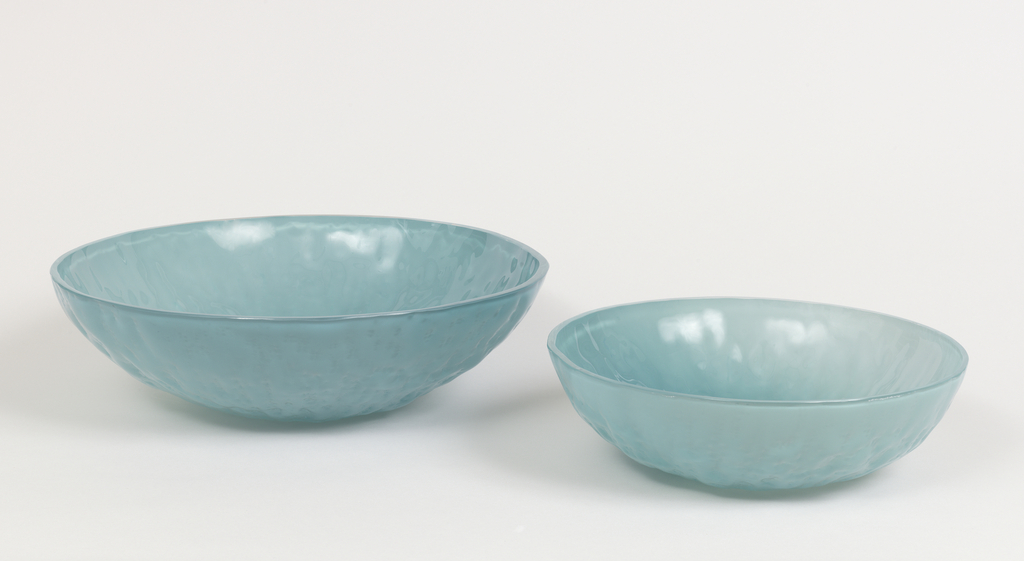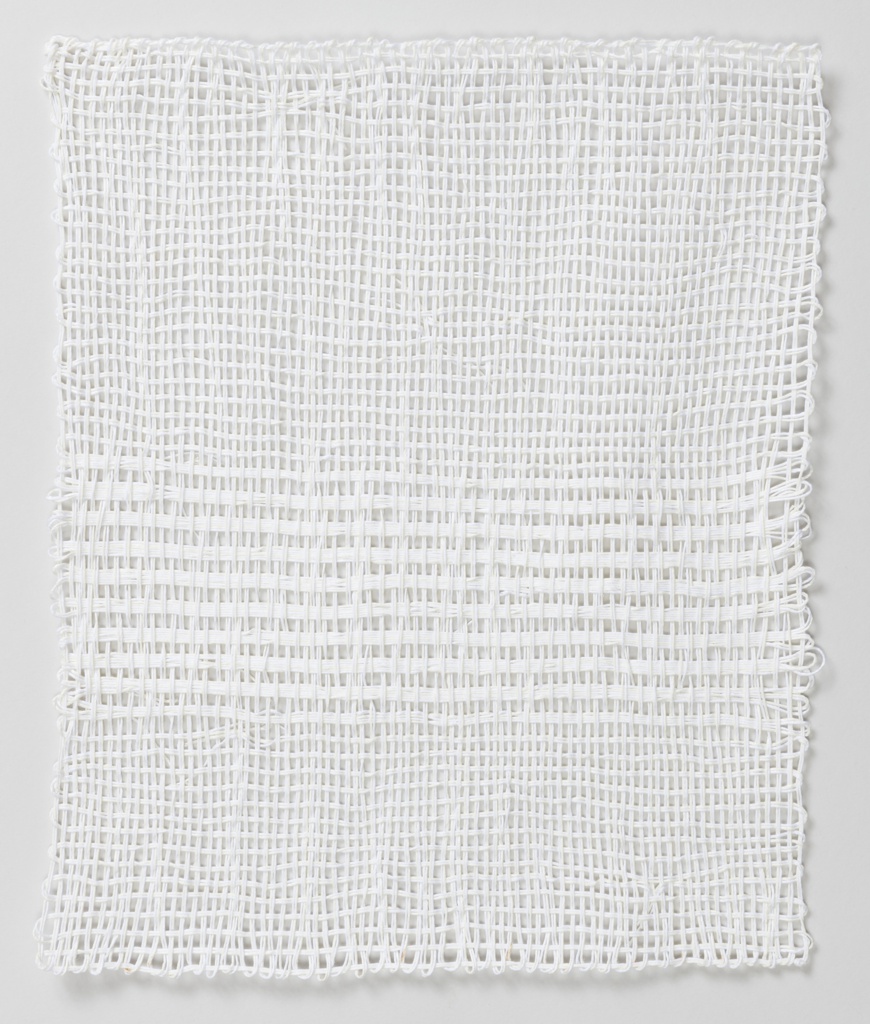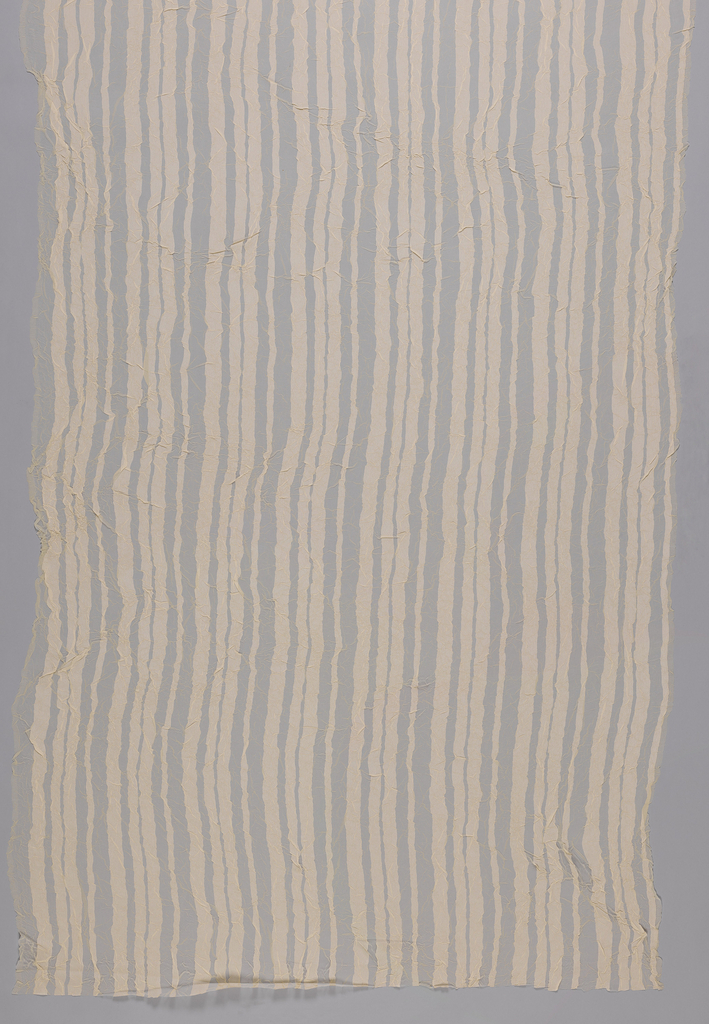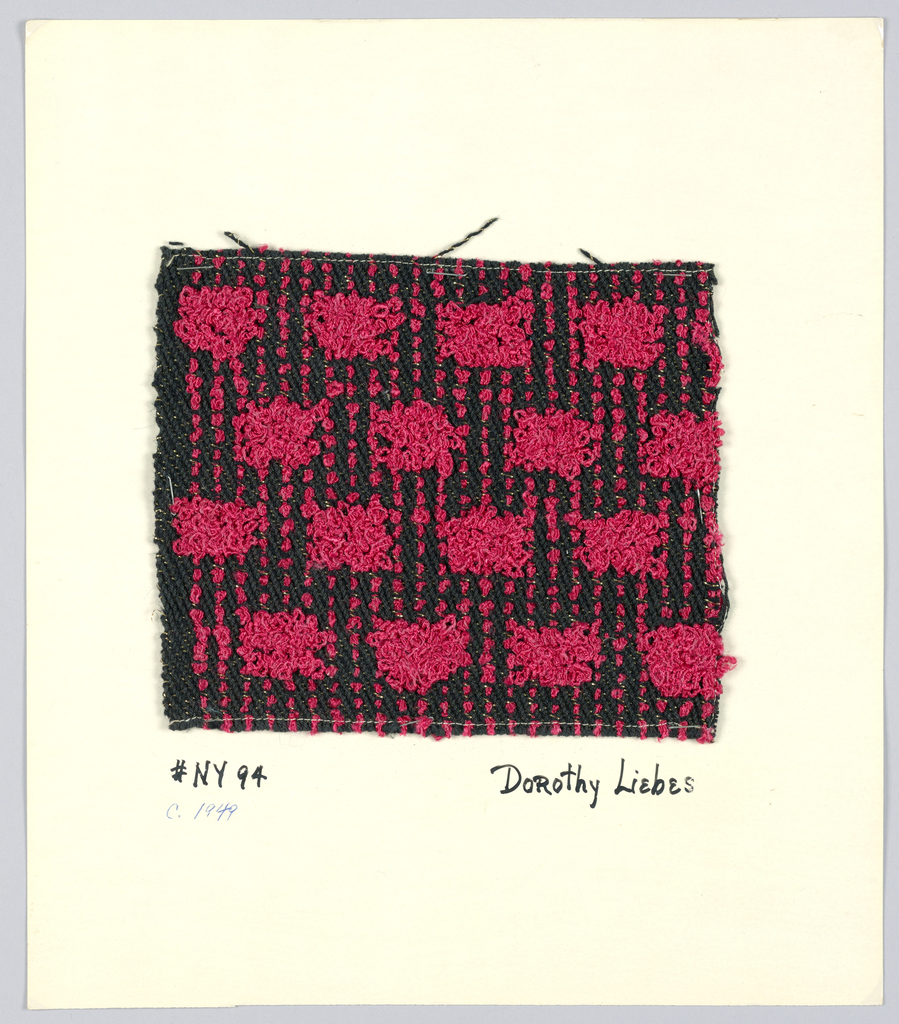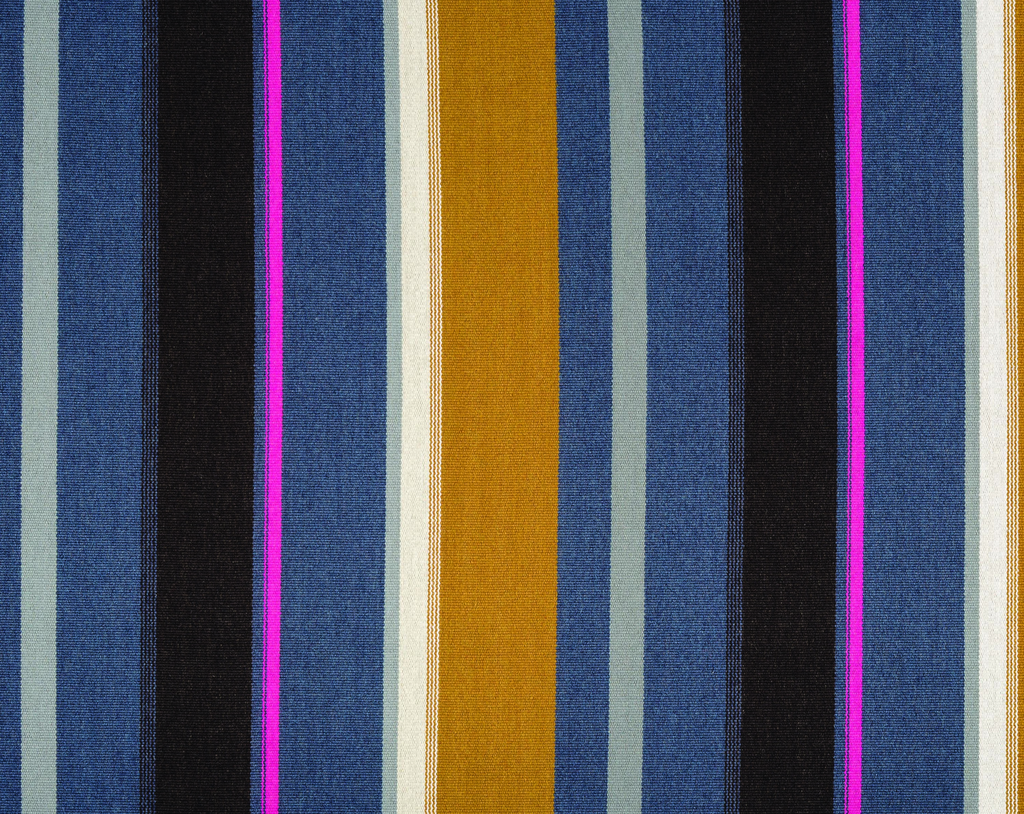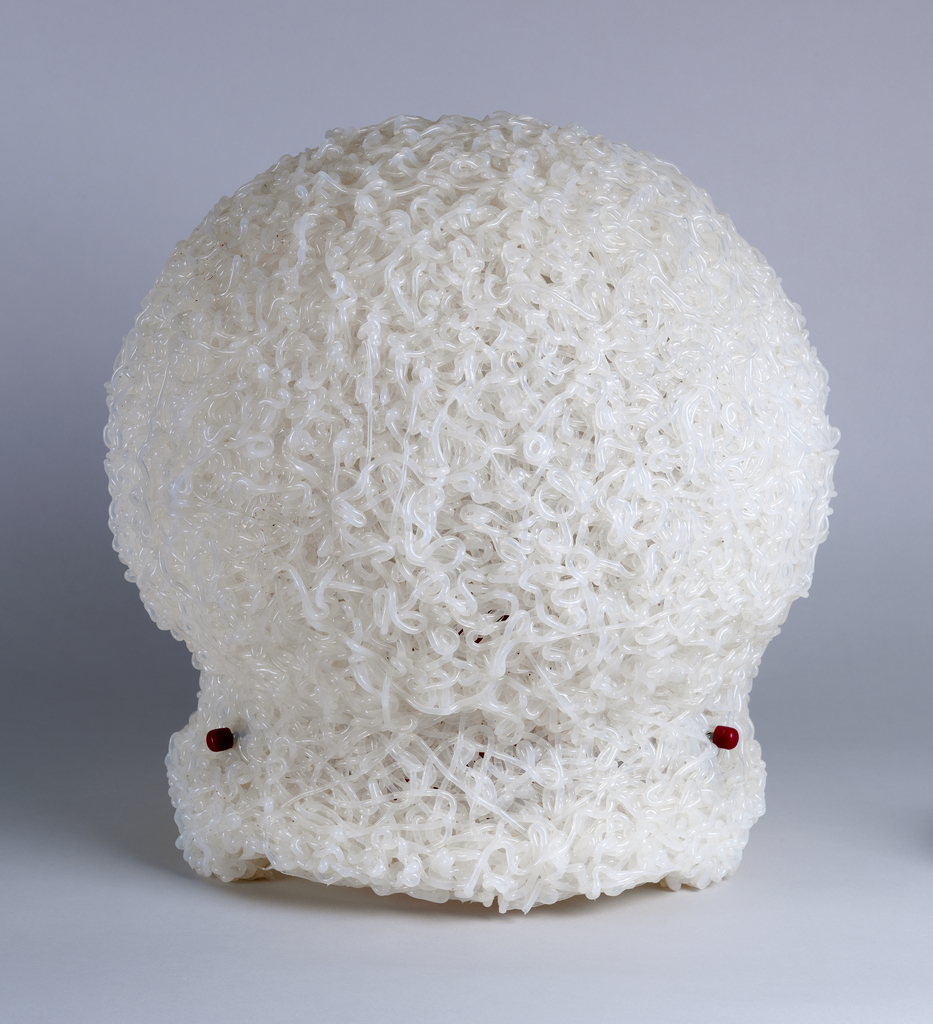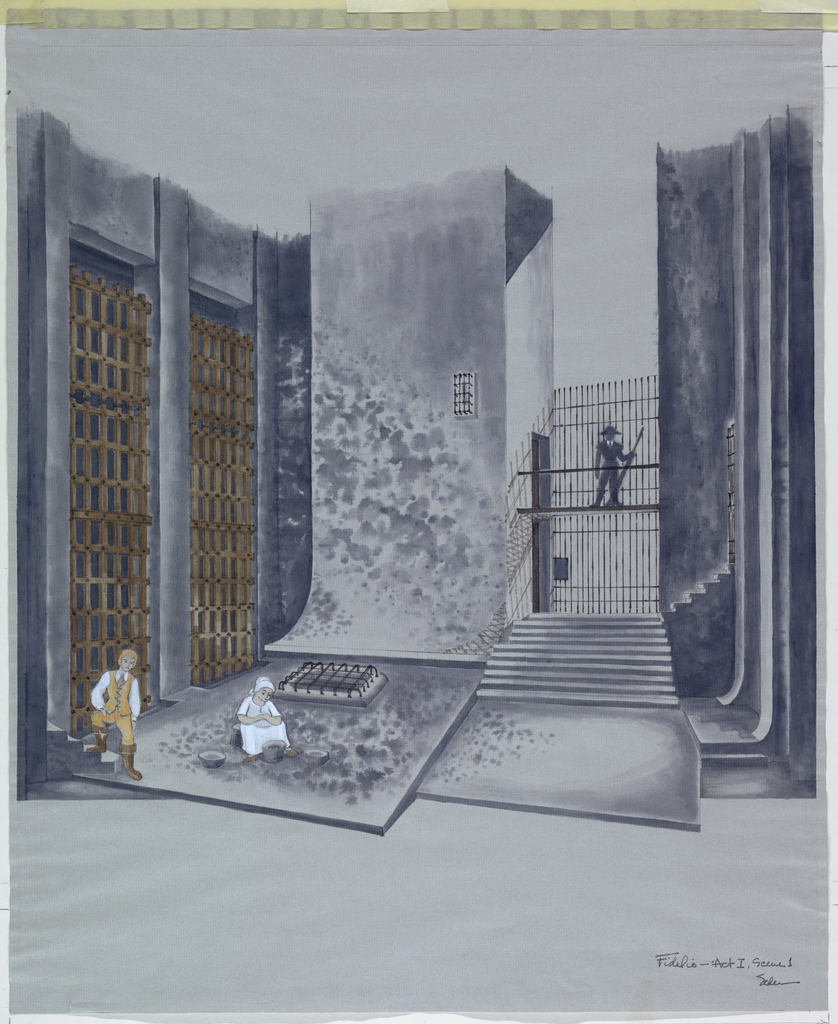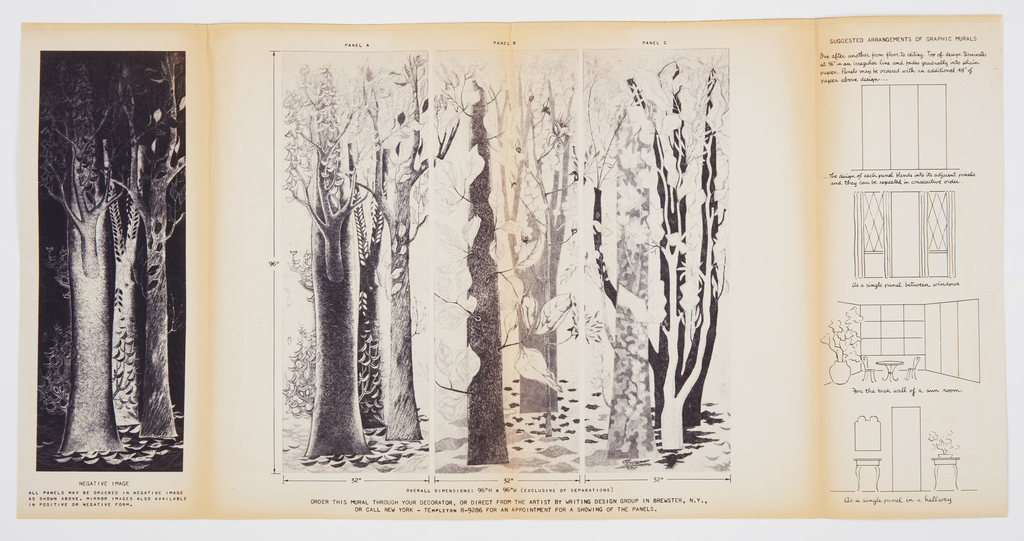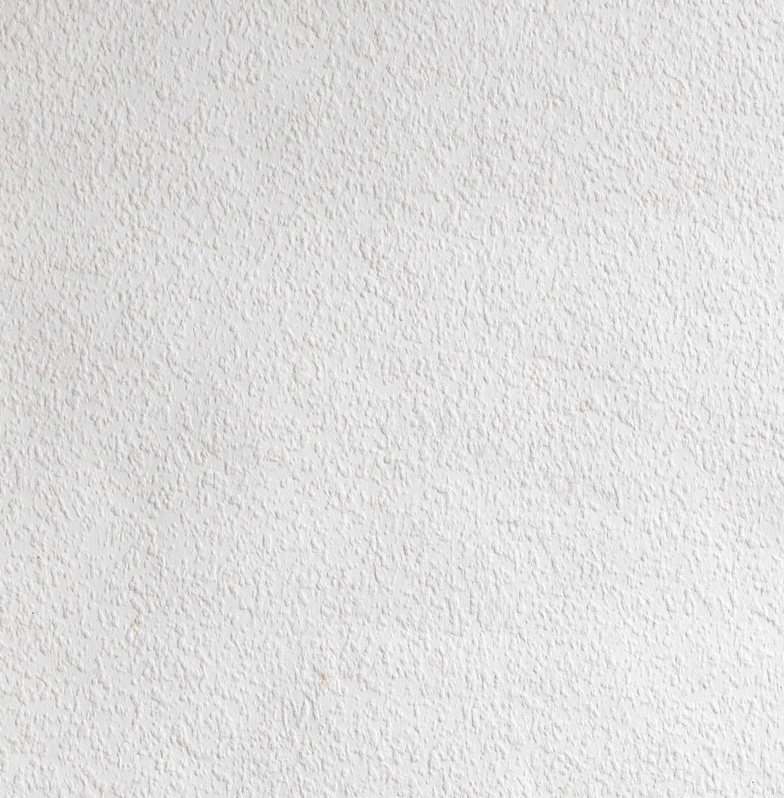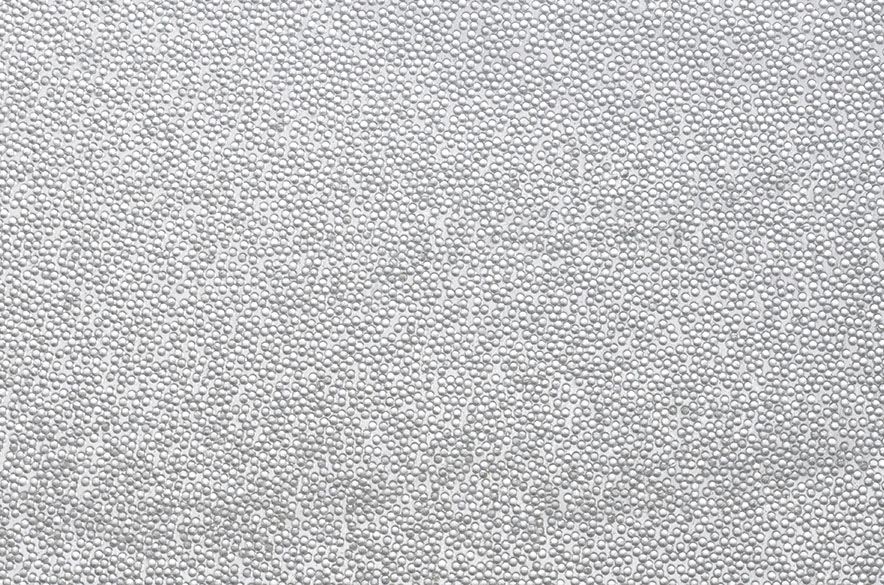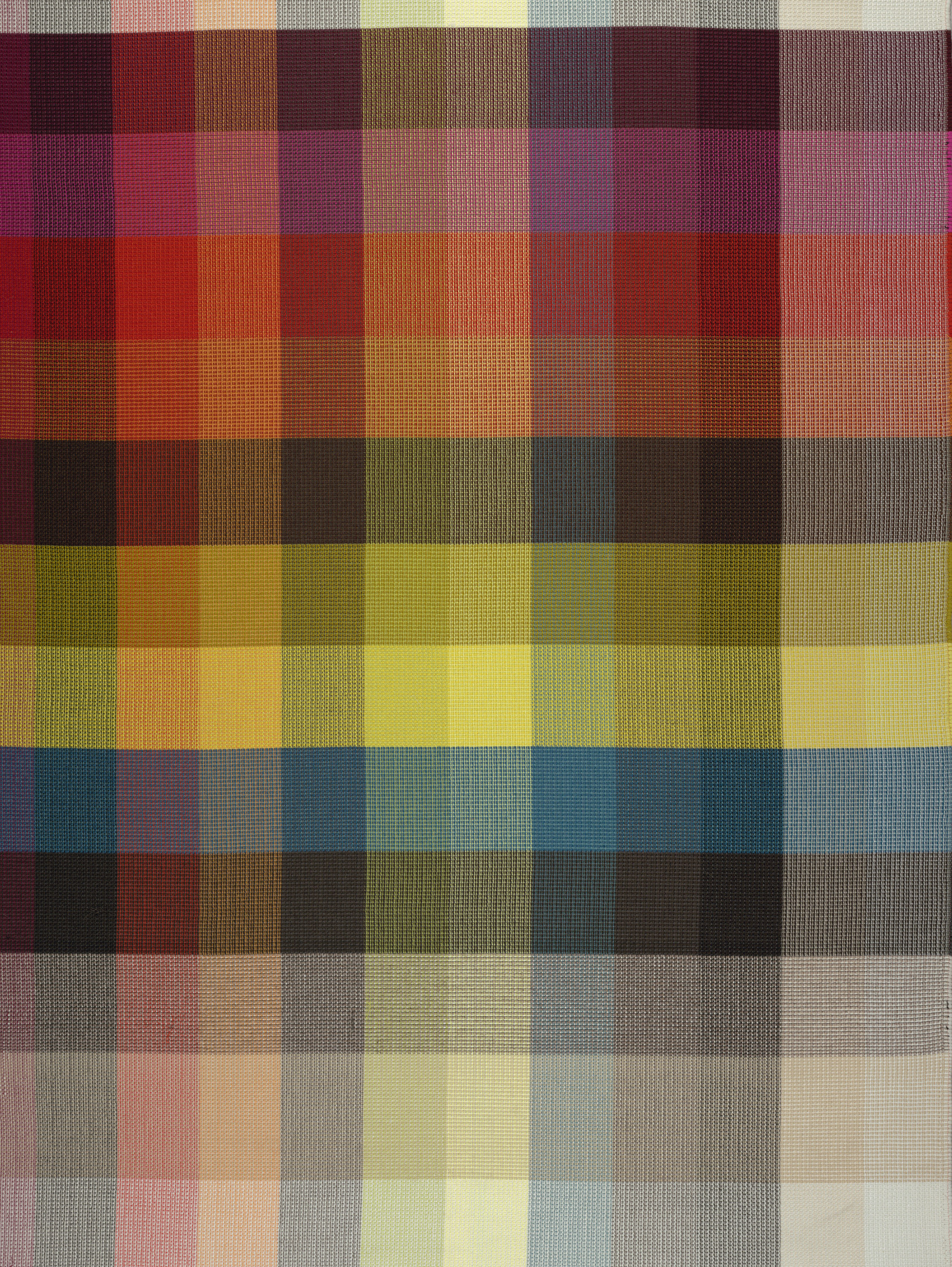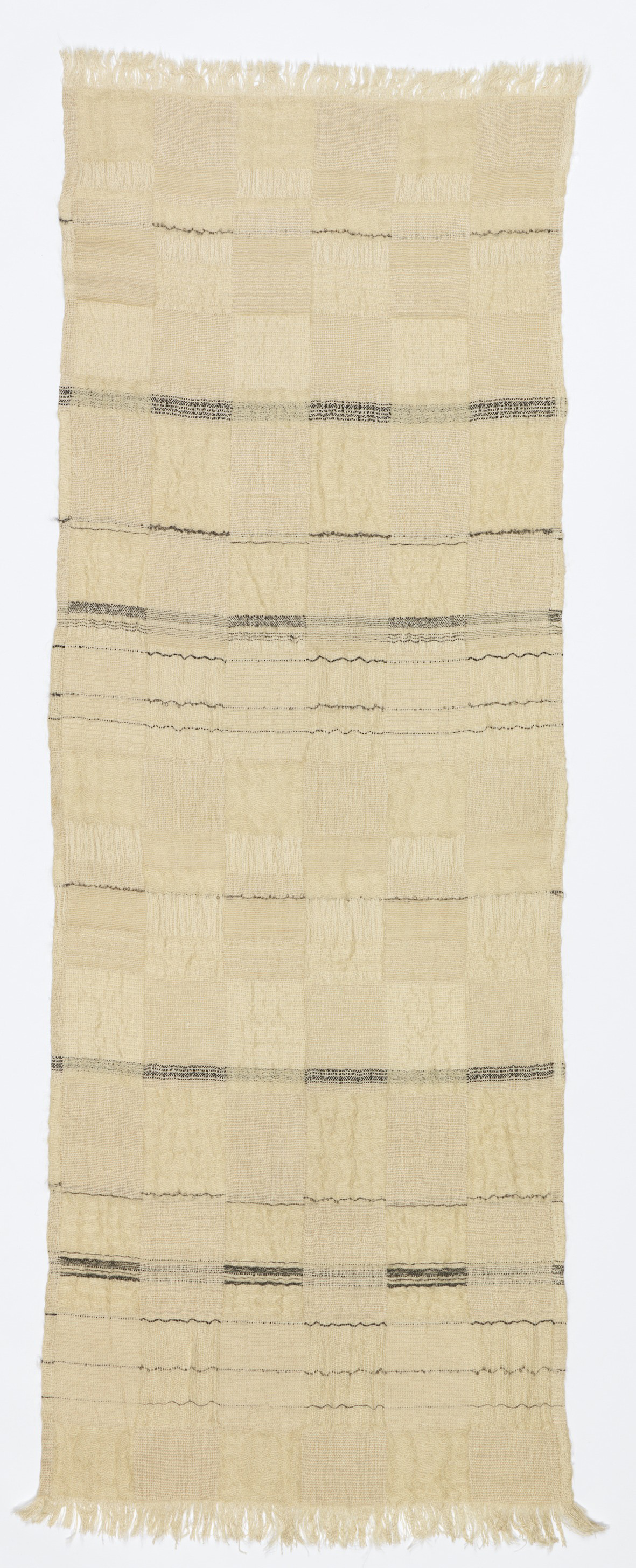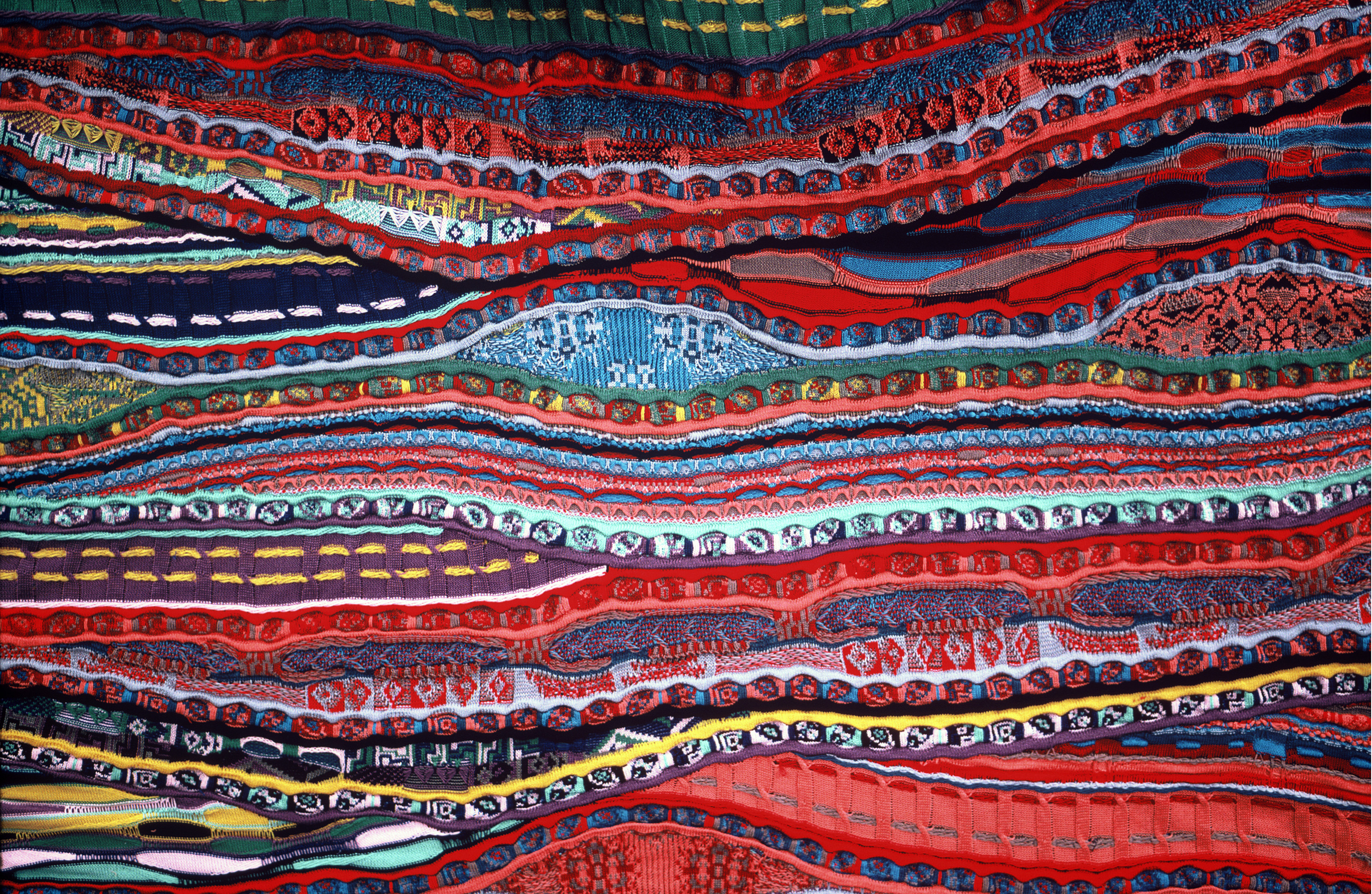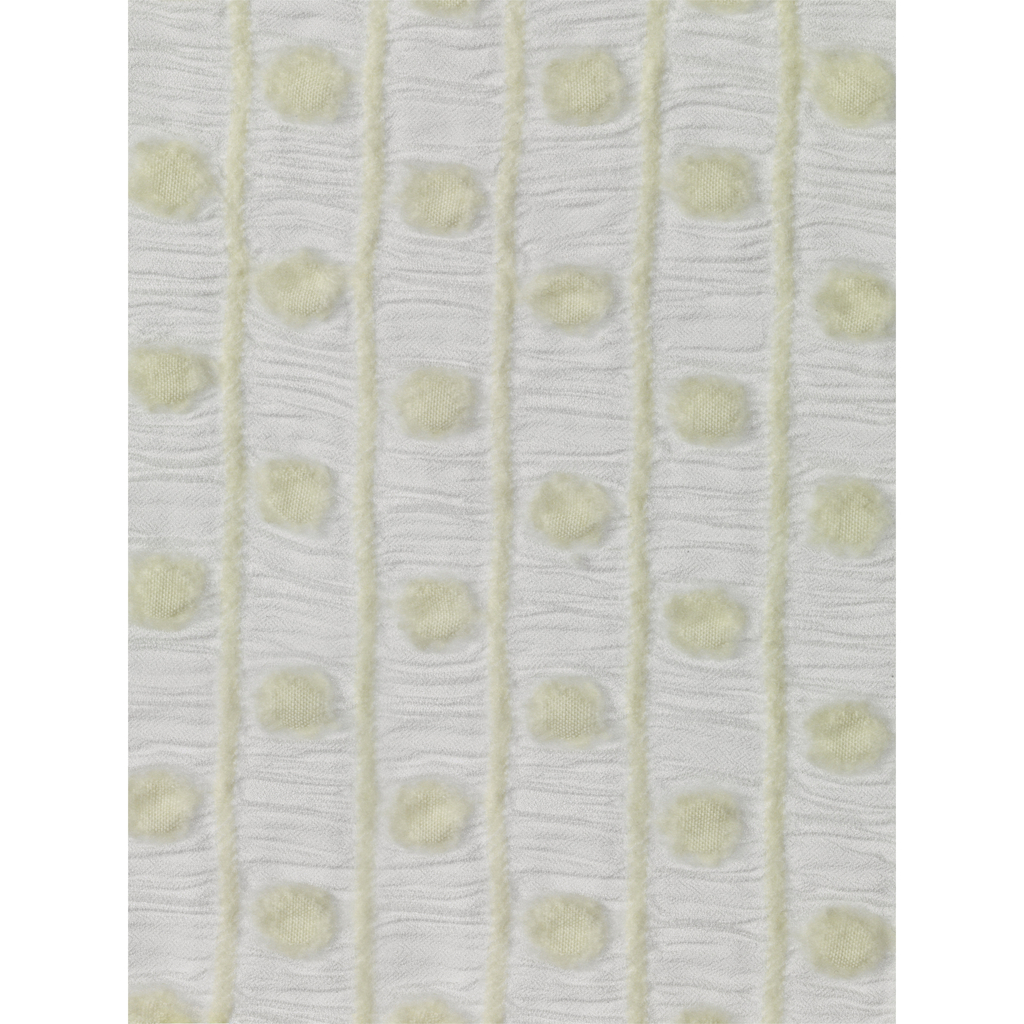Innovative designer, Emilio Godoy, first came to the museum’s attention for his concerns about environmental sustainability, materials, and efficiency in production. His Pablo and Pedro glass project emerged from “the analysis of the energy used in glass manufacturing, in particular, the energy and resources needed for the fabrication of metal molds” used to form glass...
Sheila Hicks is one of the most important living artists today, who has chosen fiber as her primary medium. The museum is fortunate enough to have over sixty works spanning more than fifty years of her career, including textiles for commercial production as well as the intimate woven miniatures or Minimes she creates on her...
Relying on innovative technologies to produce unusual surface textures, Jack Lenor Larsen (American, b. 1927) created Gin Fizz using a heat set process, which ultimately transforms a two-dimensional plane into a three-dimensional pleated surface. In his travels to Japan, Larsen met and befriended one of the most important twentieth century textile designers, Junichi Arai (Japanese,...
In celebration of Women’s History Month, March Object of the Day posts highlight women designers in the collection. Today’s blog post was written by Maleyne Syracuse and originally published on March 20, 2013. Weaver and textile designer Dorothy Liebes had twin obsessions: texture and color, both exemplified by this sample from the museum’s collection. Liebes’...
In celebration of Women’s History Month, March Object of the Day posts highlight women designers in the collection. In 2012, Knoll Textiles’ Creative Director Dorothy Cosonas approached Dutch graphic and book designer Irma Boom to develop a collection of textiles based on two of her books: Colour (Kleur) Based on Art, 2005 and Colour Based...
You might think that this pitcher looks a bit like crushed ice, and perhaps the illusion is intended. This isn’t just any old pitcher, but a champagne pitcher, and it is special because of its so-called “bladder.” Within the body of the vessel, underneath the handle, is a cavity in which ice can be inserted,...
As I write this blog entry it is cold, and growing colder outside, and this lamp, which looks like it is covered with snow, caught my eye. On first sight it appears to be a snow globe, with the snow on the outside. This globular lamp, however, was designed in 1999 by noted Italian architect...
Stage designs occupy a unique place among Cooper Hewitt’s diverse holdings of works on paper. Unlike architectural fantasies or unrealized buildings, the intentional ephemerality of theater designs means that set designs, photographs, and models are often the only artifacts that remain to document these temporary spaces. The museum’s collection of stage designs spans the 17th...
This promotional brochure for the Trees mural designed by Ilonka Karasz in 1960 contains a lot of information packed in an attractive format. This is printed in the luxograph process which was the same technique used to print the full-size murals. This technique was a blueprint method introduced by Katzenbach & Warren in 1947 for...
Of the 10,000 plus wallpapers in the Cooper Hewitt collection this piece is not the most visually exciting. But it is significant. This CoverAge product is possibly the earliest wallpaper made from 100% recycled materials. The paper is made from post-consumer paper and cardboard along with wood bits salvaged from old pallets and scrap wood,...
I acquired Bedazzled for the museum collection in 2004. I had seen an advertisement in a shelter magazine and wanted to visit the showroom to experience it and pick up a sample. When I walked into the showroom this wallcovering, in silver, was installed on a large curved wall and was totally breathtaking. It was...
Knoll introduced Cato in 1961 and it has been in continuous production ever since, making it one of the most successful designs the company ever produced. It was designed and woven by Paul Maute, a German designer/weaver whose contributions to Knoll Textiles were both influential and lasting. In 1927, Maute established his weaving workshop in...
Trude Guermonprez was a much-admired weaver and professor of textile arts at California College of Art. She was trained at the School of Fine and Applied Arts in Halle, Germany, sometimes called the “little Bauhaus,” as many of its faculty had studied or taught there. After World War II, she made her way to California...
This cotton panel displays the signature elements that have come to make Coogi a recognizable brand worldwide. With asymmetrical lines, a variety of different textures, and a plethora of bright colors this fabric offers all the energetic vibrancy associated with the Coogi brand. For many people today the name Coogi calls to mind the particular...
Wool Dot Gather, designed by Osamu Mita and manufactured at his family’s textile company, Mitasho, is made of wool and rayon. The textile has a very rich textural surface created by a combination of patterning in the weaving process, as well as shrinking in the finishing. The white plain woven wool forms both the dots...
